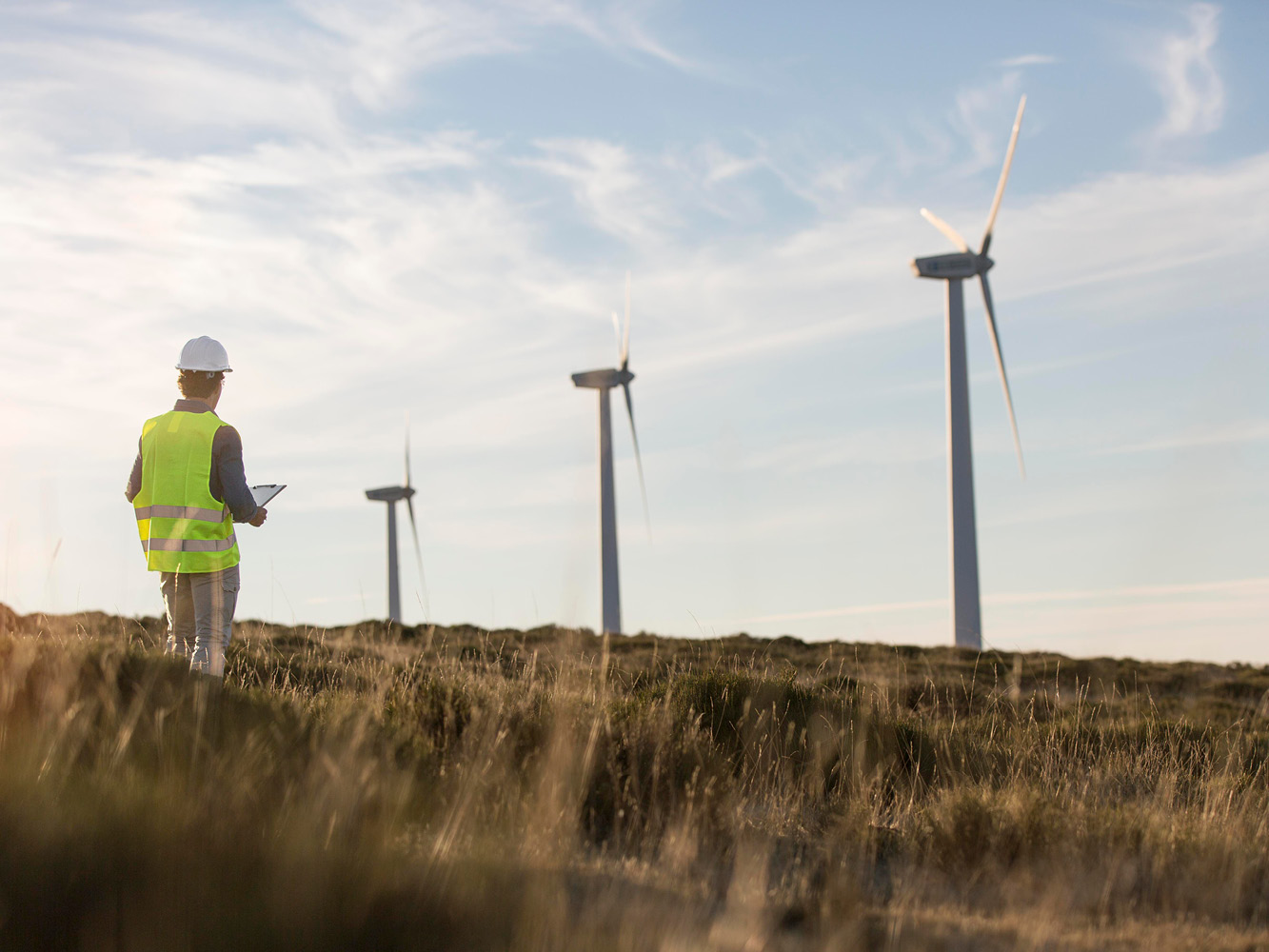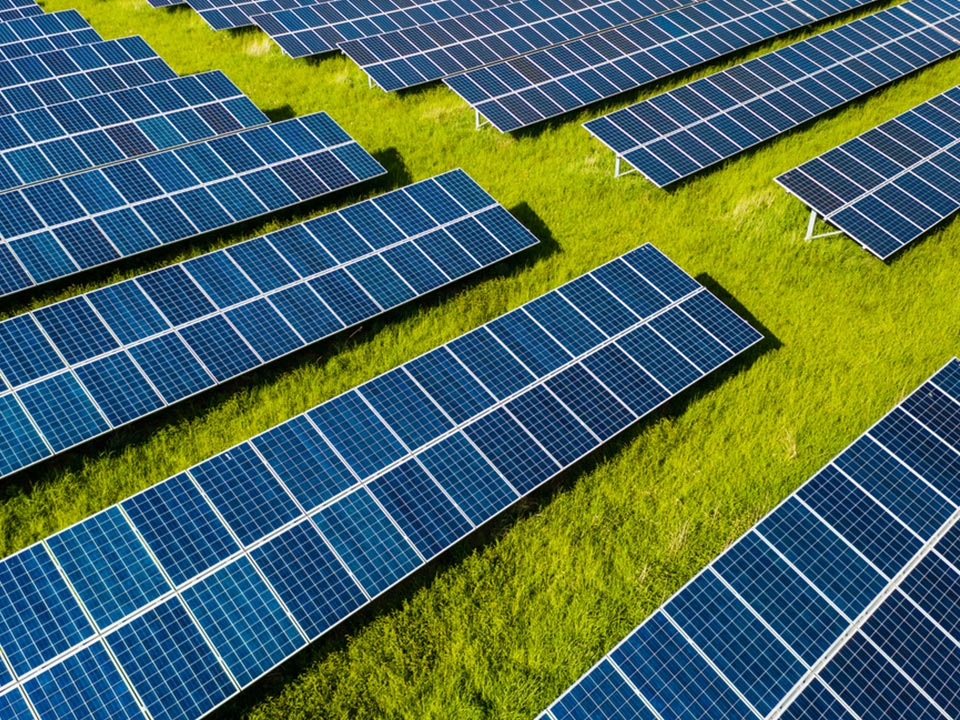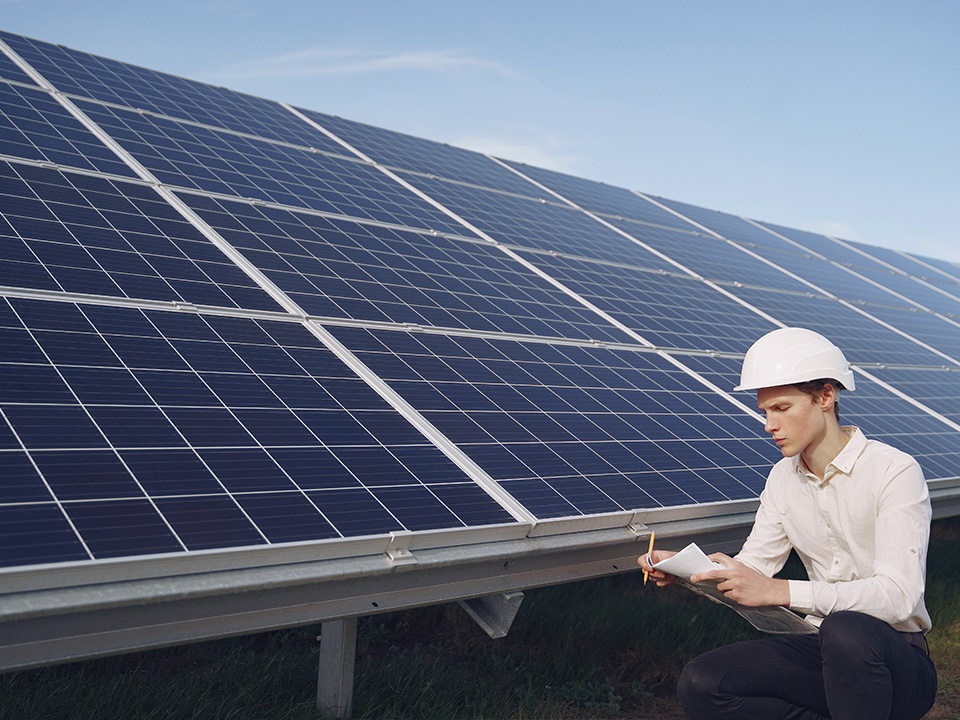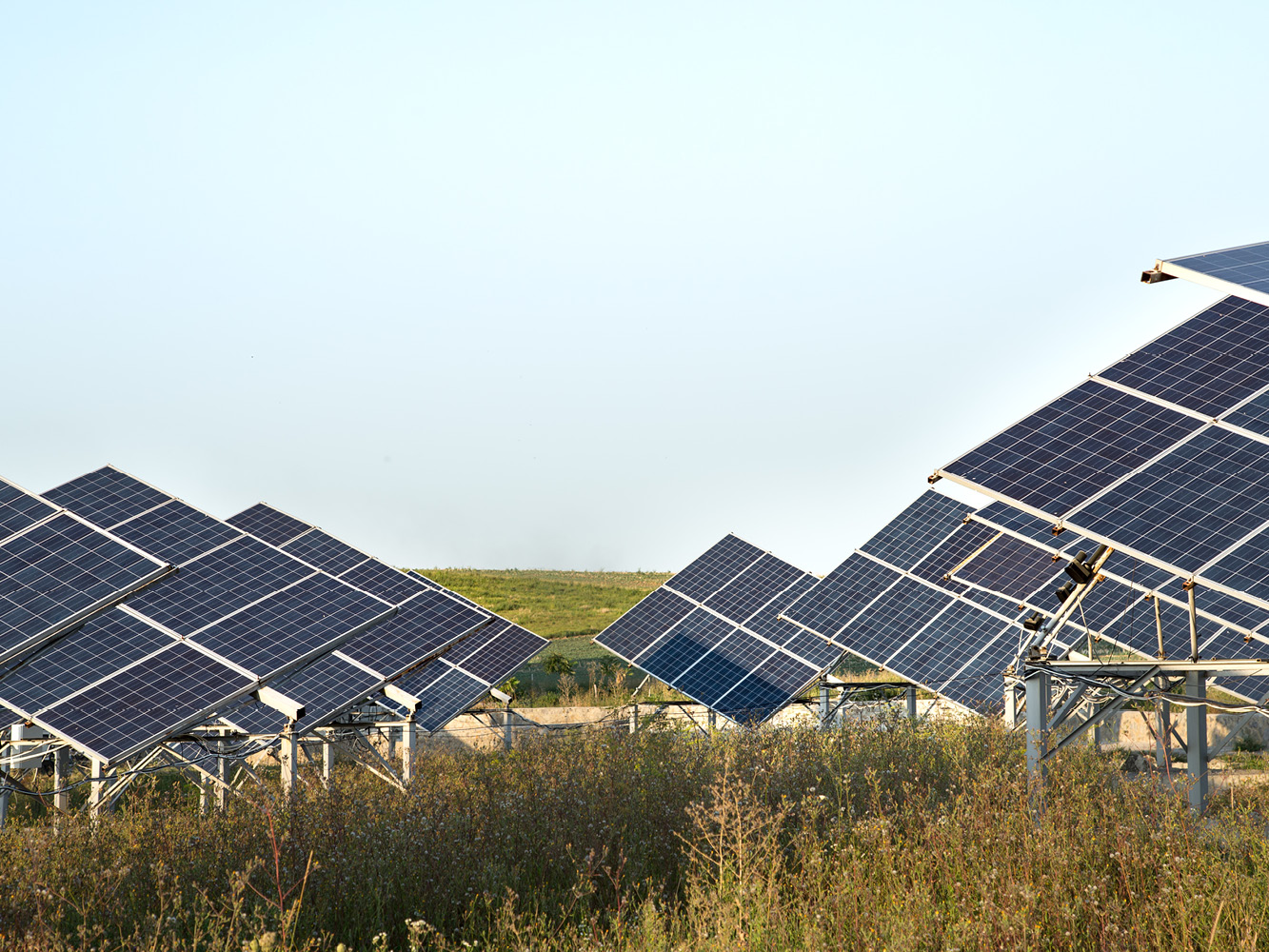
Electricity market 2023, according to IEA renewables will hold the reins of growth. The international agency predicts that zero-emission energy sources will dominate the growth of the world’s electricity supply over the next three years, making significant increases in CO2 in the power sector unlikely.
Fatih Birol, executive director of the International Energy Agency IEA, put it this way when presenting the new Electricity Market 2023 report, “Growth in global electricity demand is set to accelerate, adding a demand equal to more than double Japan’s current consumption over the next three years. The good news is that renewables and nuclear power are growing fast enough to satisfy almost all of this additional appetite.” The study provides an in-depth analysis of recent policies, trends and developments in demand, supply and climate-changing emissions between now and 2025.
Overall, the report returns a fairly calm picture, with a “balanced” redistribution of the forces at play. What appears certain is the recovery in consumption. After the slight slowdown in 2022 (-2% in electricity demand due to the energy crisis and exceptional weather conditions in some regions), global demand is expected to grow to an average of +3% over the next three years under the pull of China, India, and Southeast Asia. In reality, several unknowns remain for the People’s Republic related to post-pandemic economic recovery, but the IEA believes it is possible that the country’s consumption will come to account for one-third of the world’s by 2025.
For fossil sources, a period of “redistribution” is on the horizon that will not change the final outcome for now. The Electricity Market 2023 report predicts that thermoelectric generation from natural gas in the European Union will decline, offset, however, by significant growth in the Middle East. Not too dissimilar discourse for coal: expected declines in European and American power plants will be accompanied by an increase in the Asia-Pacific region.
Therefore, only renewables and to a lesser extent nuclear power should cover the new demand. To be precise, the share of green energy in global electricity production is expected to increase from 29 percent in 2022 to 35 percent in 2025. This means that after reaching an all-time high last year, carbon dioxide emissions from the power sector are expected to remain at the same level for the next three years.


